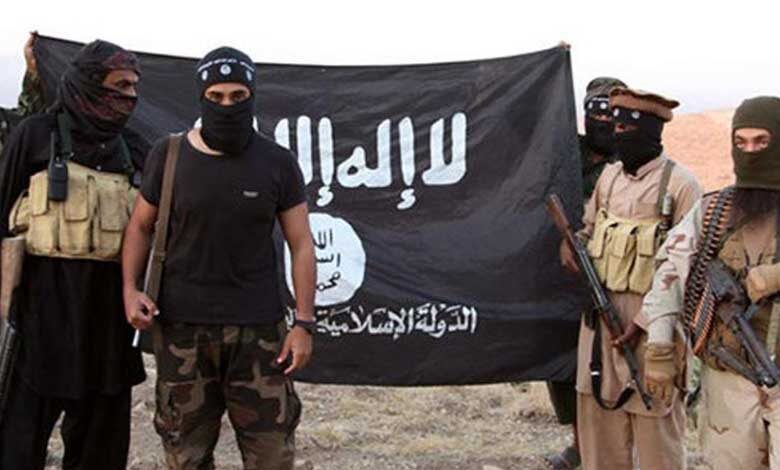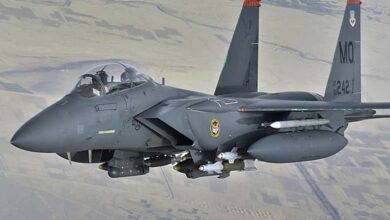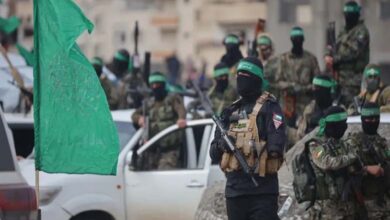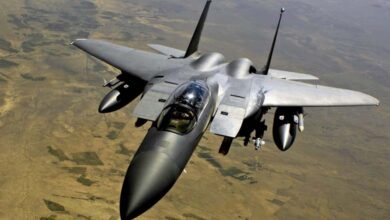What is the strength of ISIS in Afghanistan, and can it be eradicated?

ISIS continues to threaten life in Afghanistan, where it controls a number of villages, as the ruling Taliban fail to confront it.
According to the Washington Post, a bomb killed at least 21 worshippers, including a prominent cleric, and wounded more than 30 others in the Afghan capital during evening prayers Wednesday evening, according to Taliban officials and residents, prompting a renewed focus on the threat ISIS poses to the Afghan people and the Taliban itself.
Terrorist acts
The American newspaper interviewed residents of the Khair Khan area in the Afghan capital Kabul, with one saying: The slain prayer leader, Amir Muhammad Kabuli, was a non-affiliated preacher for any faction. No group claimed responsibility for Wednesday’s blast, but it came a week after Taliban rival ISIS in Khorasan claimed responsibility for a bombing that killed Rahimullah Haqqani, a prominent Taliban-linked cleric.
The terrorist act is the latest in a series of attacks, many of them attributed to ISIS in Khorasan, since the Taliban seized power in Afghanistan a year ago, the newspaper said.
What is ISIS Khorasan?
According to the US newspaper, ISIS in Afghanistan is linked to the group in Iraq and Syria. The brutal extremist group controlled large swathes of territory under its self-declared “caliphate” at the height of the organization in late 2014. ISIS was known for its cross-border recruitment and support for violence, but its strength declined sharply after it was expelled from its last territory by a US coalition in 2019. The extremist group and its affiliates continue to launch attacks and fuel violence and instability in East, South Asia and Africa.
It continued: ISIS in Khorasan, which began operating in Afghanistan in 2015, was founded by the Pakistani Hafiz Saeed Khan, who had pledged allegiance to ISIS leader Abu Bakr al-Baghdadi in 2014, and is composed of Pakistani militants largely based in the east, while ISIS is led by Khorasan Sanaullah Ghafari, also known as Shihab al-Muhajir, who is reported to be in eastern Afghanistan, according to the UN.
The newspaper said the organization’s attacks declined after US-led counter-terrorism operations in the organization’s stronghold in eastern Afghanistan between 2018 and 2020. However, ISIS in Khorasan continued to launch attacks on civilian targets such as schools and weddings, and an attack it claimed on Kabul International Airport during the US withdrawal last year killed 13 US soldiers and about 170 Afghans.
Taliban failure
According to the newspaper, the Taliban has a history of close ties with al-Qaeda, ISIS’s most prominent rival. Despite the pledge made by Taliban leaders in a 2020 agreement with the US to prevent Afghanistan from becoming a haven for terrorist groups, the killing of al-Qaeda leader Ayman al-Zawahiri in a US drone strike in Kabul last month shows that relations between the organization and the movement are still ongoing.
It continued: In contrast, the Taliban and ISIS-Khorasan have clashed almost since the first appearance of their branch in Afghanistan, with the Taliban mostly committed to the Deobandi movement within the Sunni Hanafi sect, contributing to religious and political differences between the groups.
Prior to the Taliban takeover, the UN estimated the number of ISIS fighters in Khorasan at between 1,500 and 2,200 in Kunar and Nangarhar provinces, along with smaller cells in other parts of the country.
The American newspaper said: ISIS leaders, who believe that the Taliban are not radical enough, denounced its victory last year after the US withdrawal.
Experts and intelligence officials warned last summer that a Taliban victory over the U.S.-backed Afghan government could push extremist militants from around the world into Afghanistan, where ISIS-Khorasan launched a multilingual media campaign last year to attract recruits. ISIS could return and threaten the world with force if the Taliban fail to confront it.












